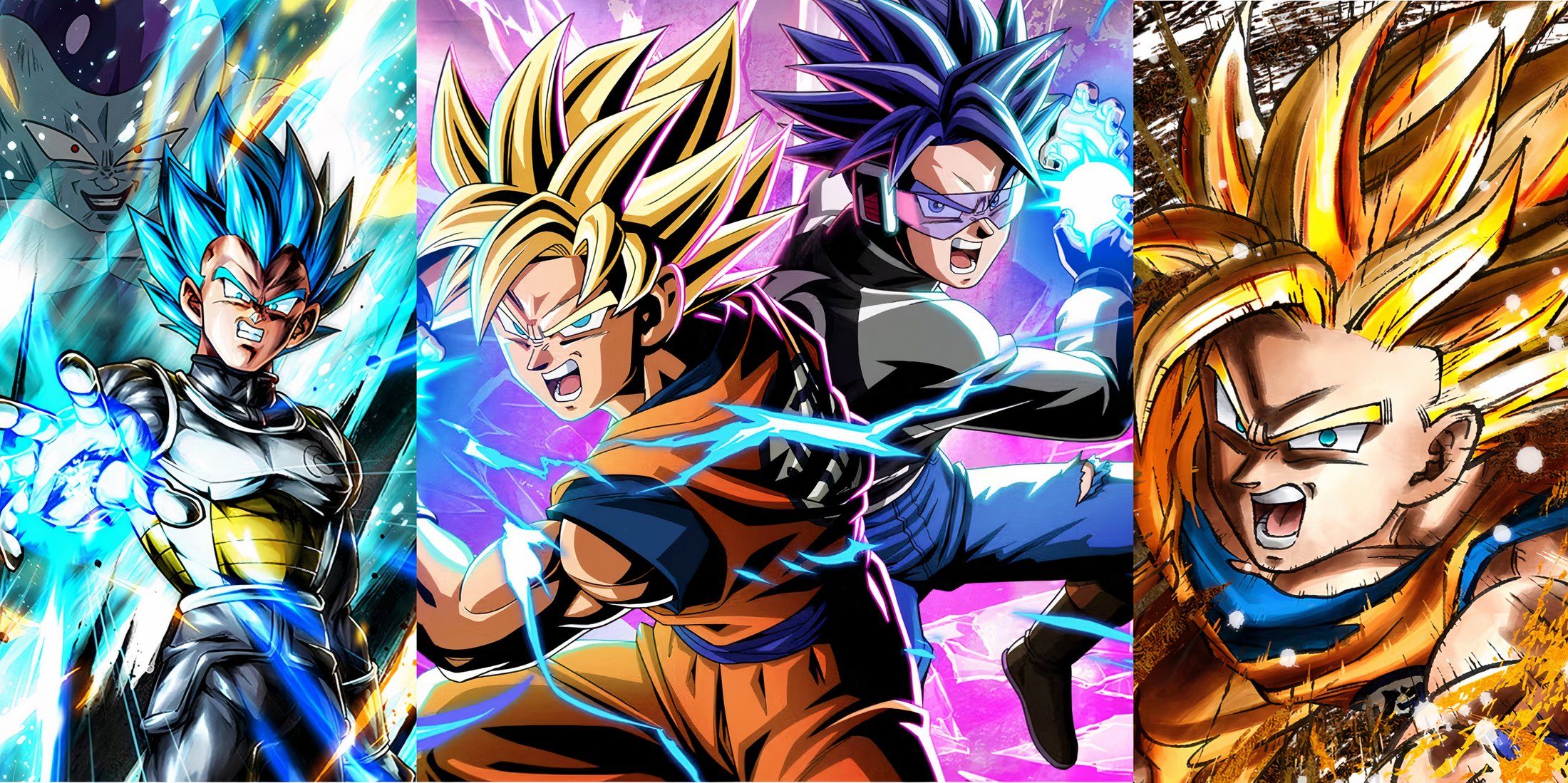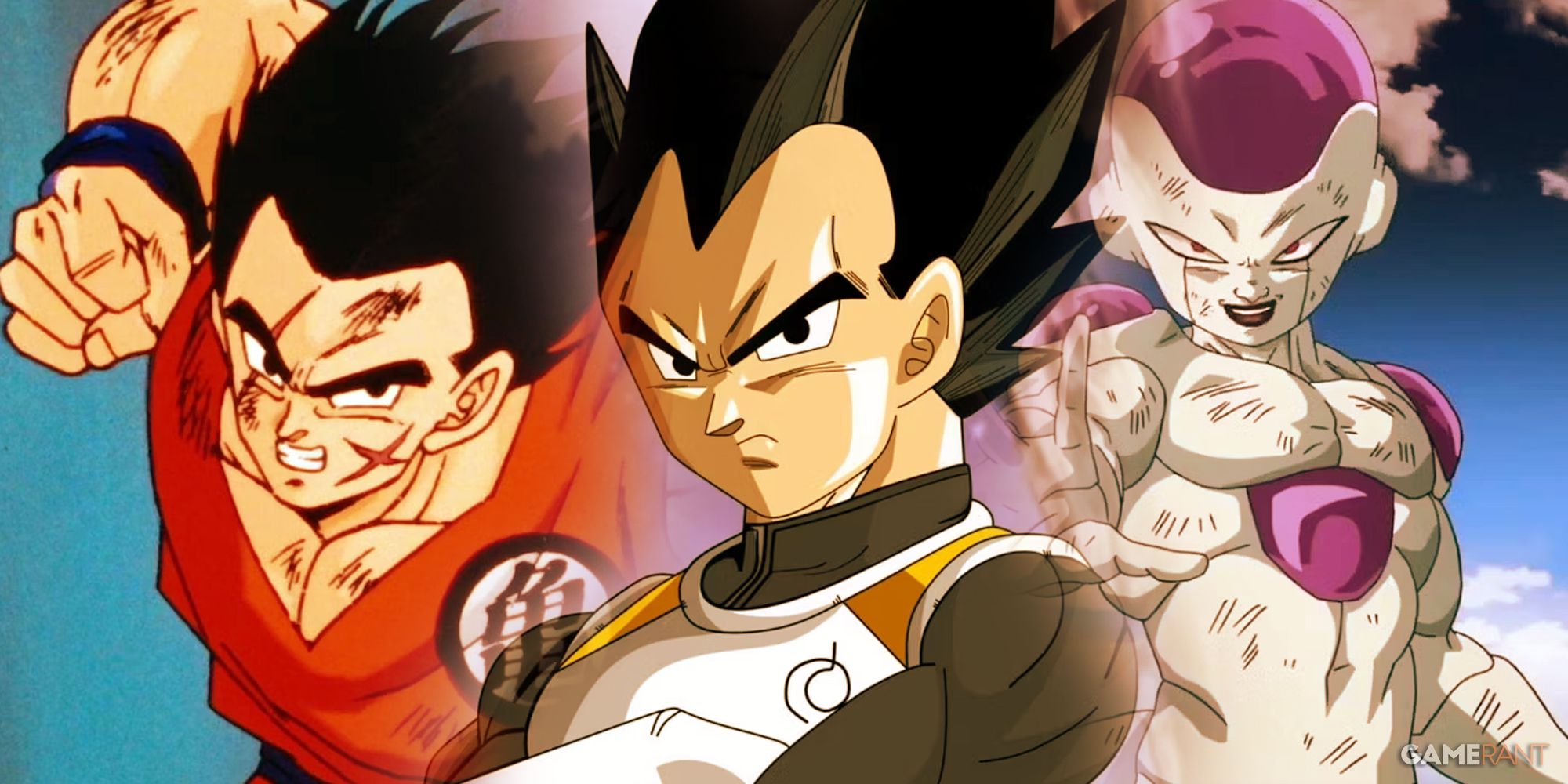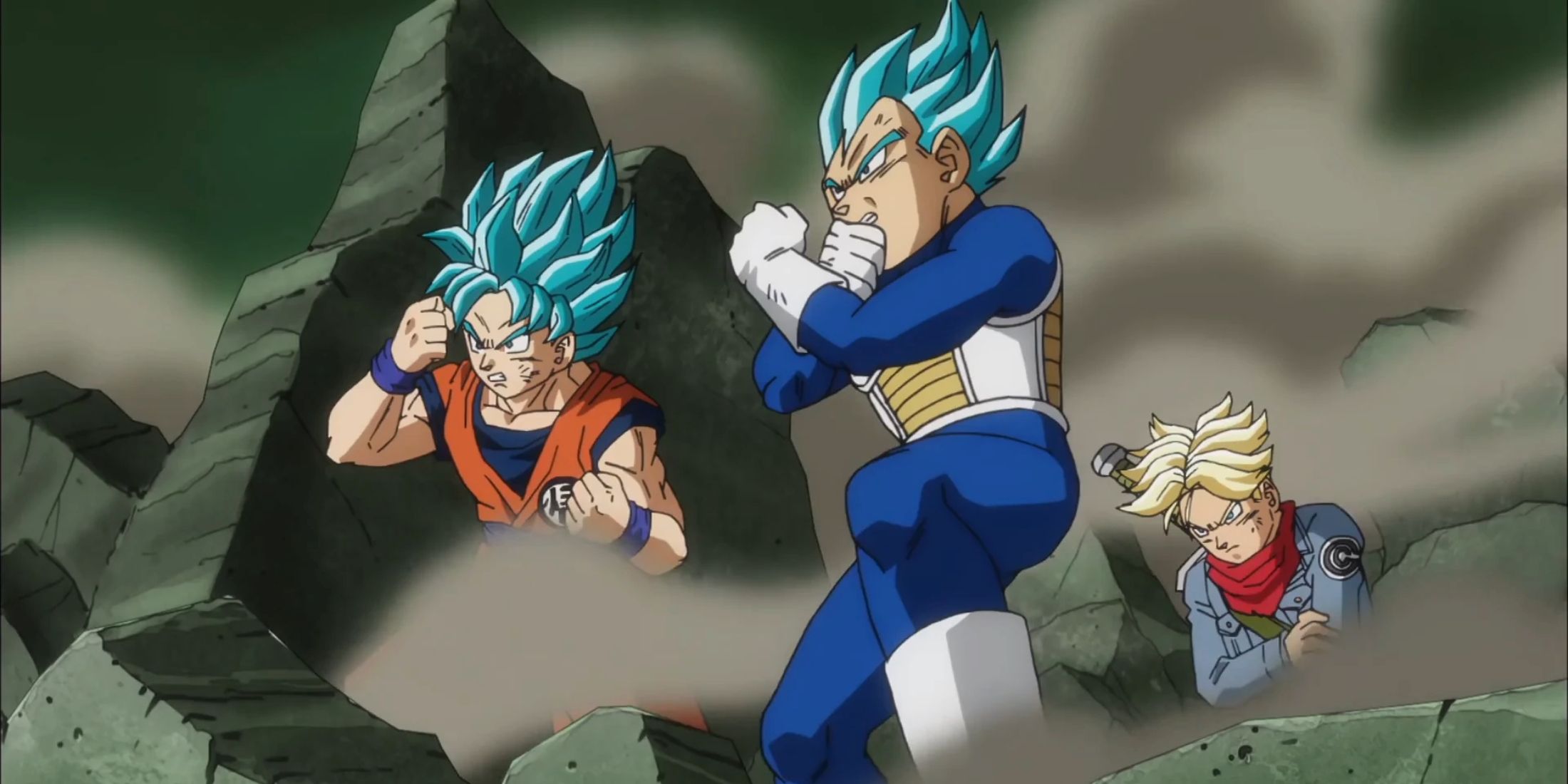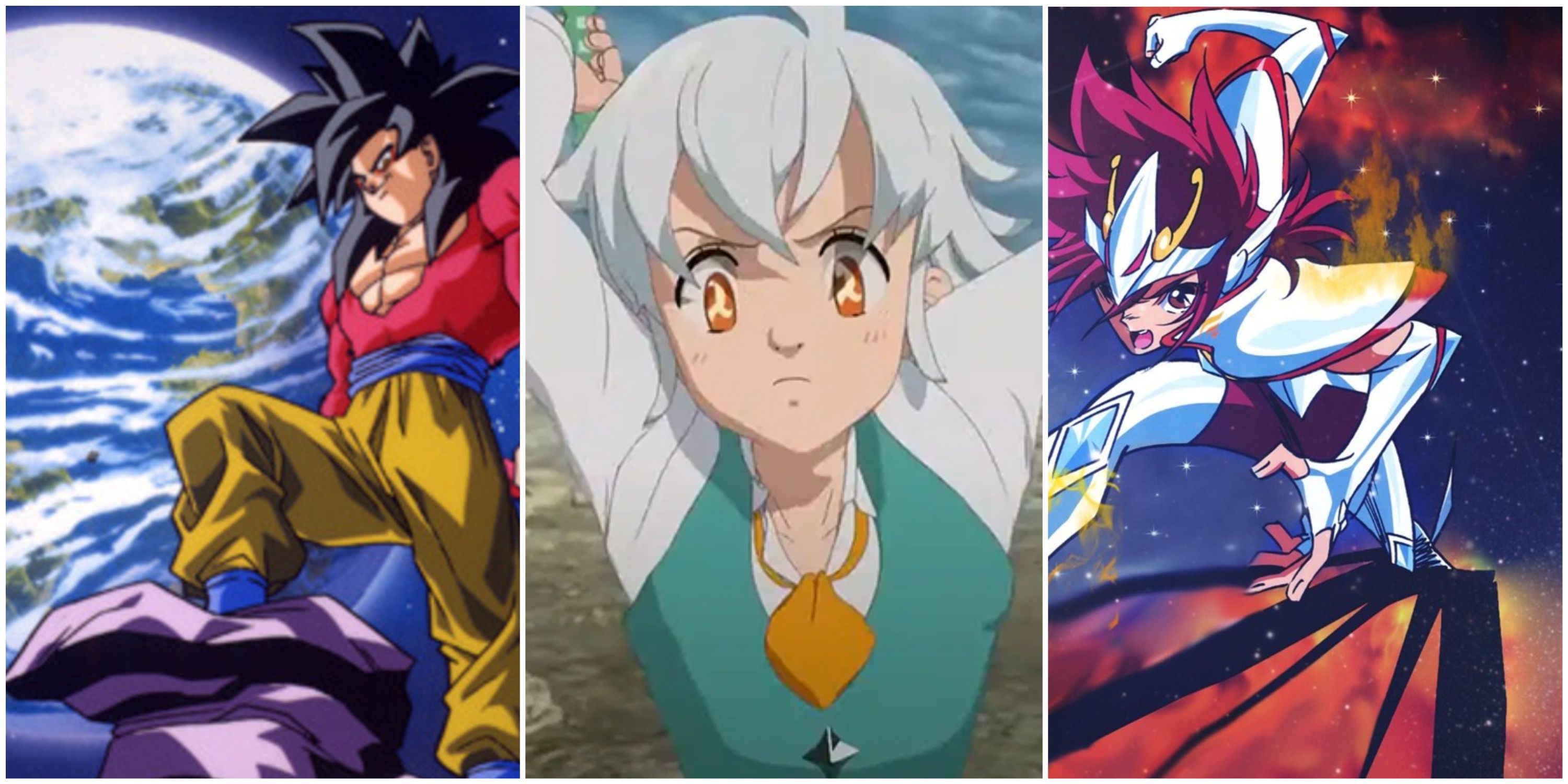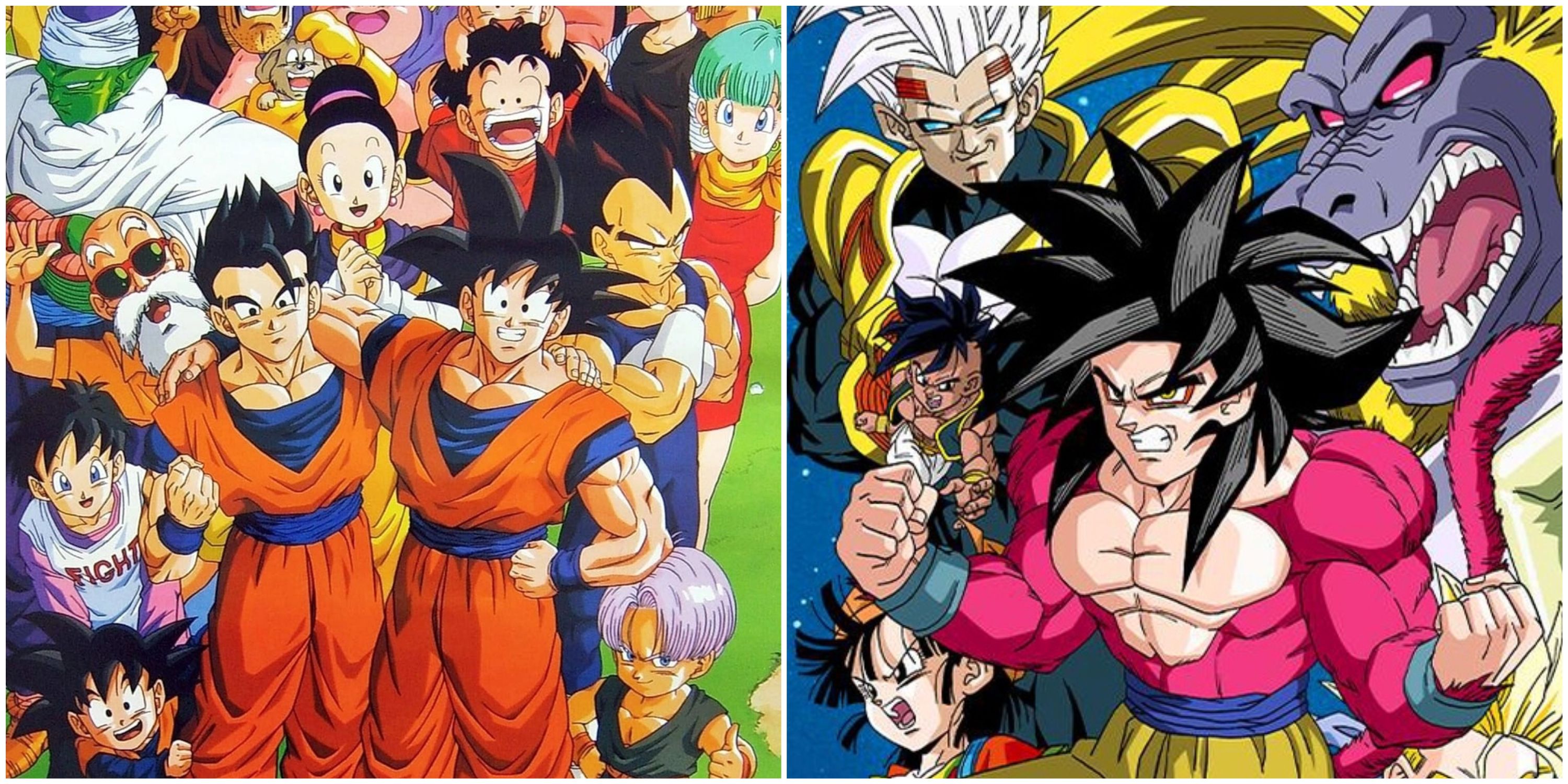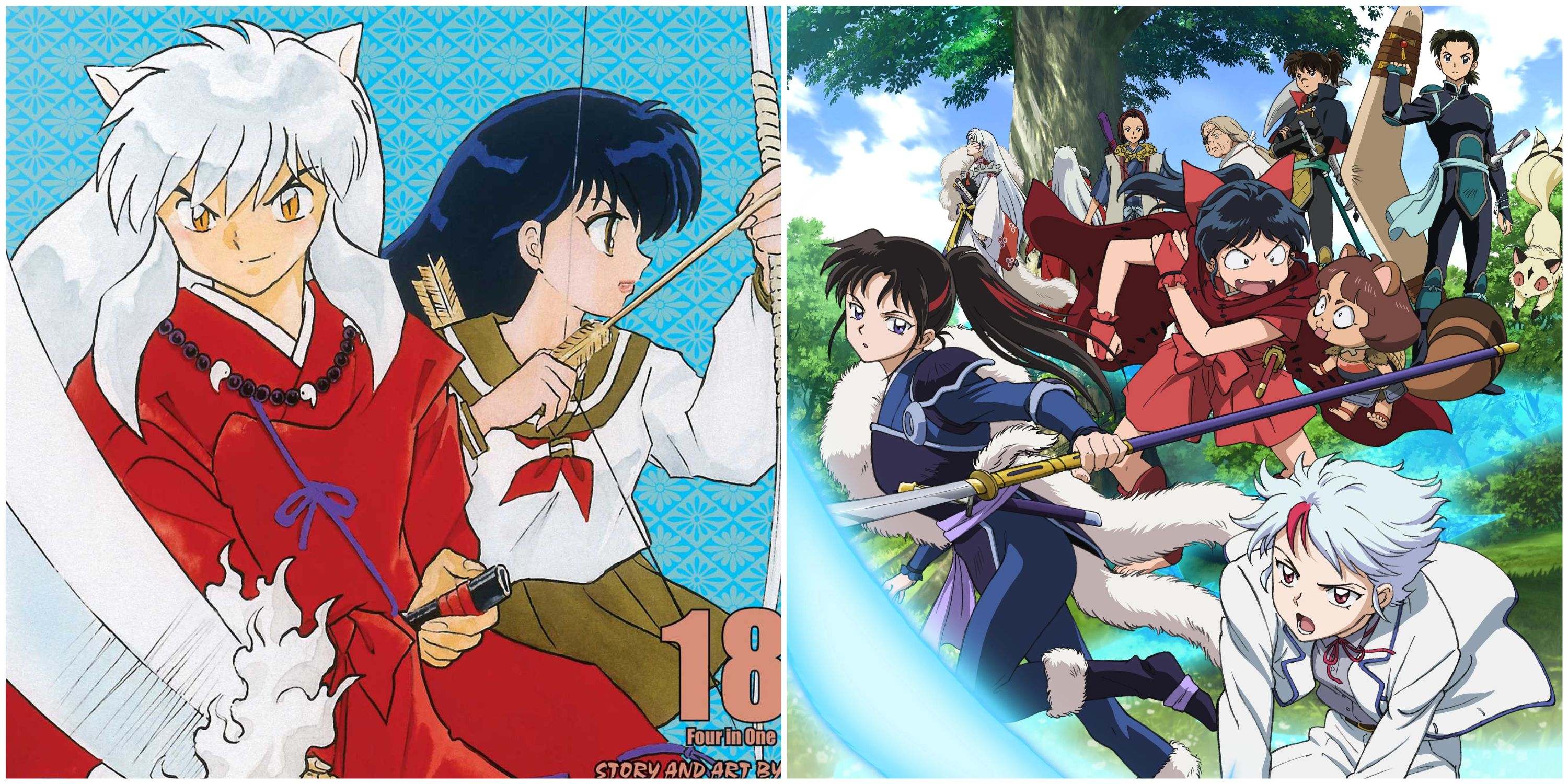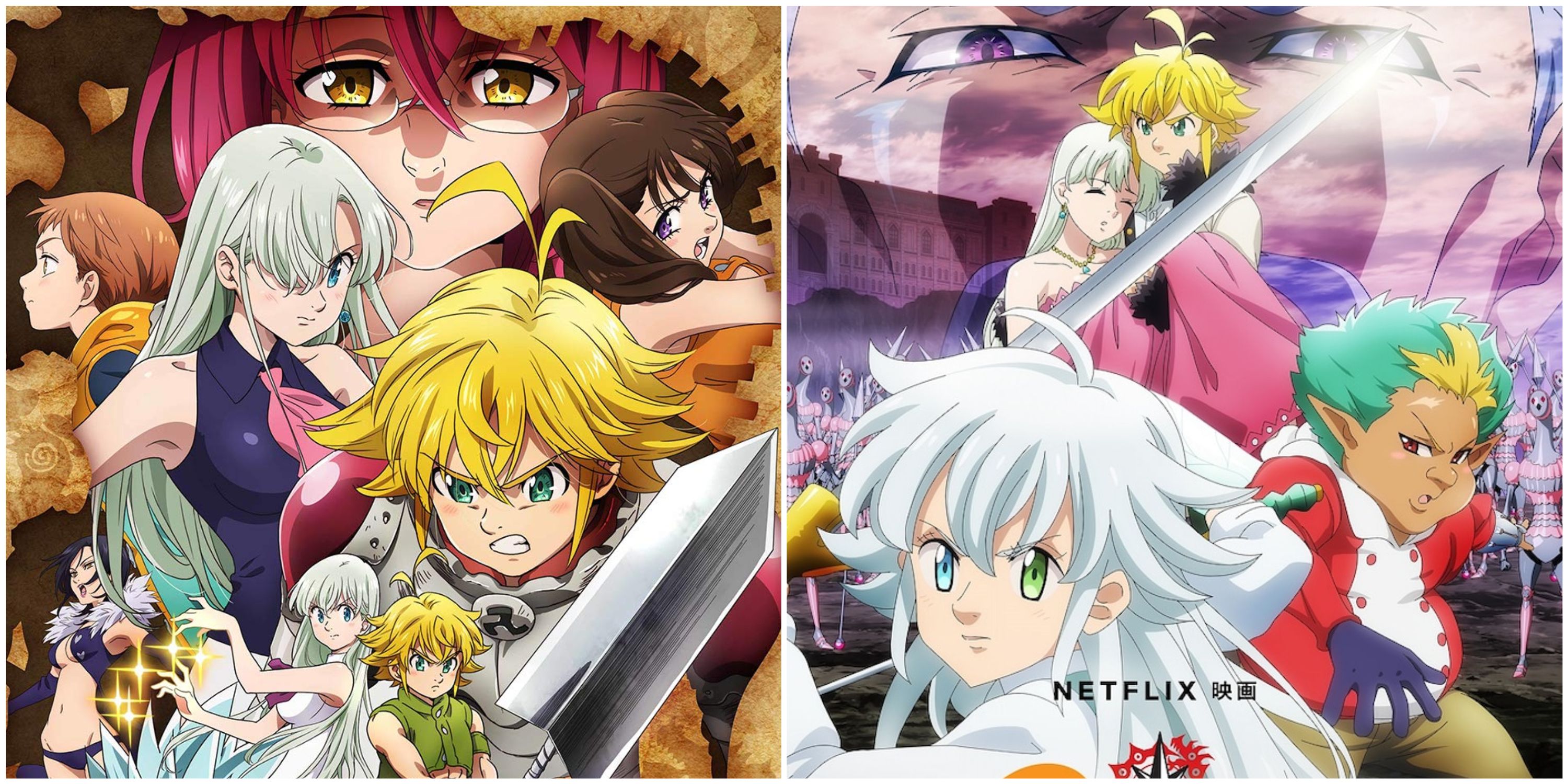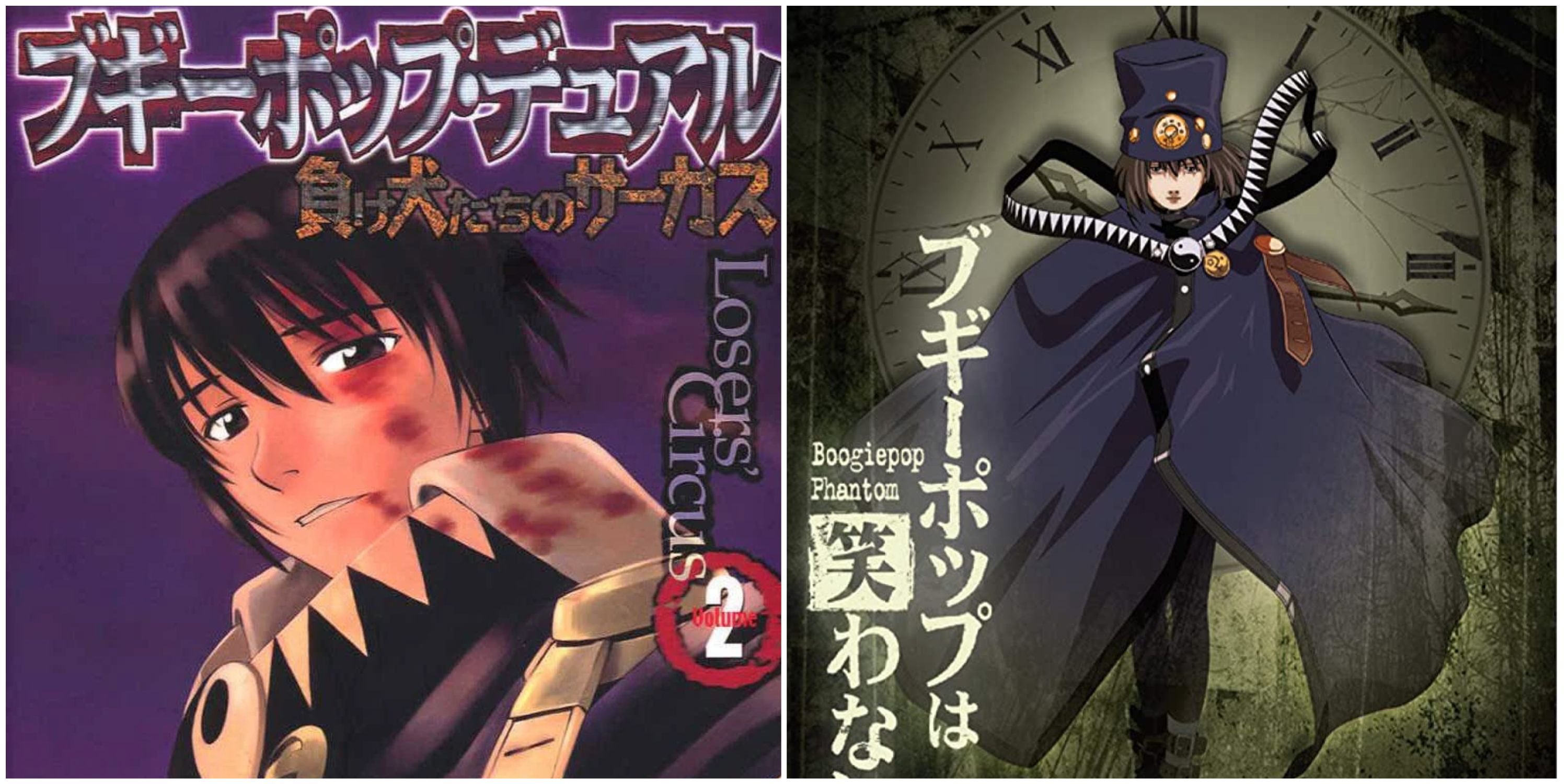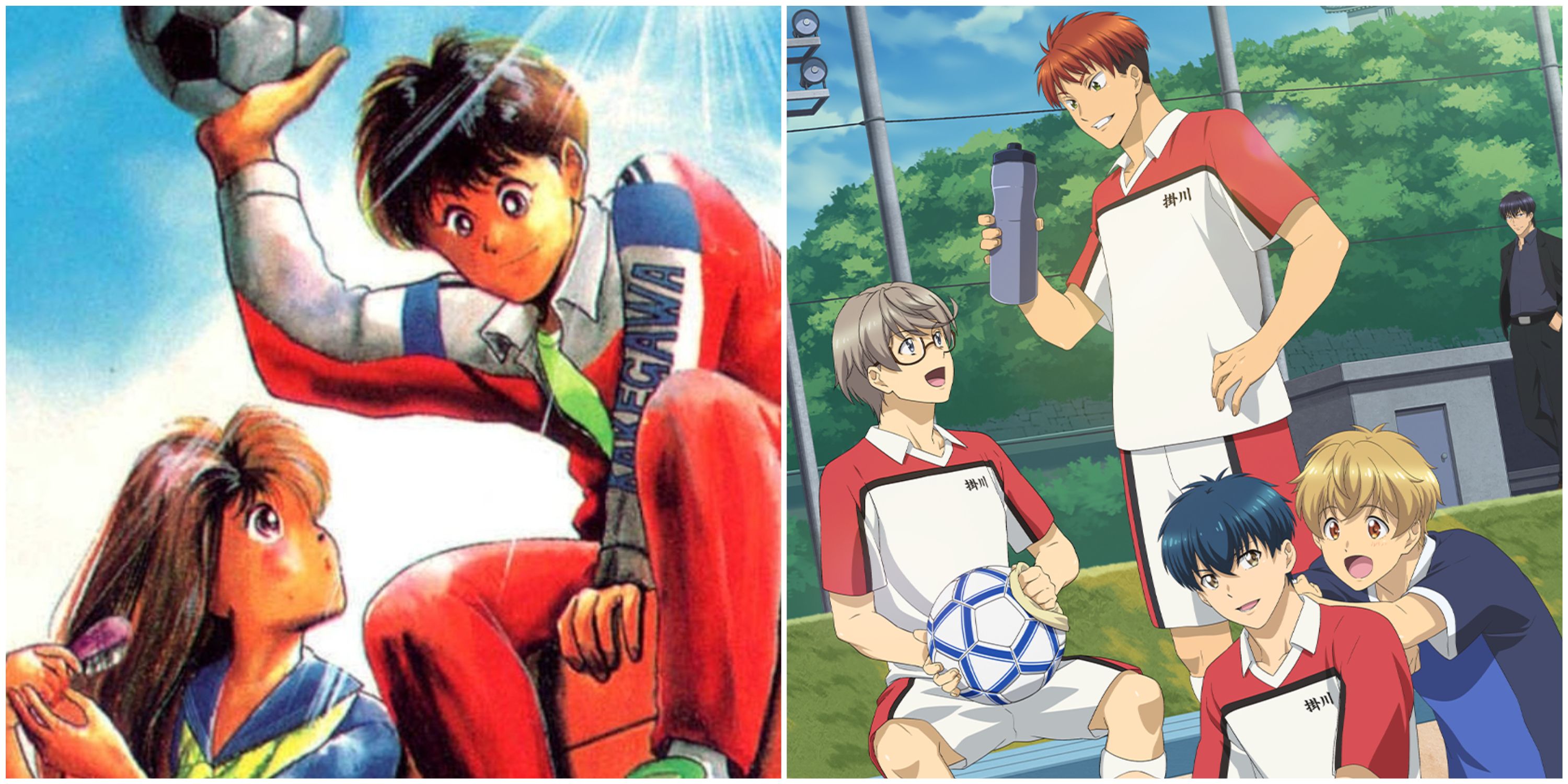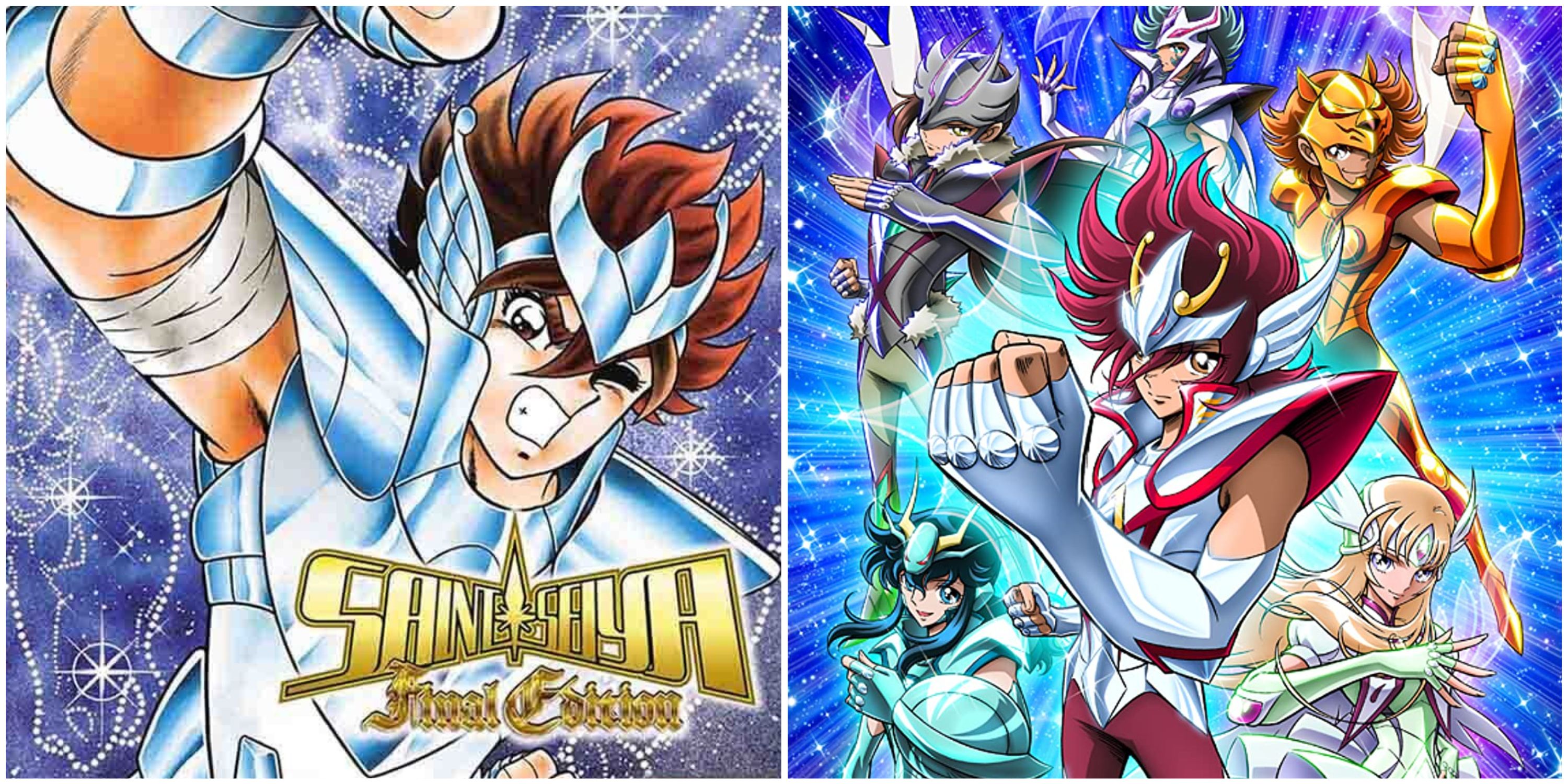If a manga is successful, it typically gets an anime adaptation. The resulting show or movie depicts the story that fans love in animated form. With luck and skill, the material comes to life more than ever before, thereby multiplying its popularity even further. Unfortunately, the property may become a victim of its own success.
The manga is not always there to sustain the anime. The creators may run out of story or simply see fit to conclude it. The studio heads don't want to relinquish a cash cow, so they commission an anime-exclusive follow-up. The original creators often aren't involved, and those who are rarely take the direct roles they once did. As a result, the sequel may lack inspiration, emerging as little more than big-budget fan service. Only audiences can decide if that fan service honors the original vision.
6 Dragon Ball
Dragon Ball and its sequel, Dragon Ball Z, make up one of the most popular franchises of all time. The martial arts manga is a sprawling adventure where characters get into bone-crushing battles in their search for mystical artifacts. It's a winning formula that only solidified as the series moved into anime.
Though Toei Animation expanded on that anime with multiple non-canon movies, their greatest effort came with Dragon Ball GT. This show served as a sequel to Dragon Ball Z. However, creator Akira Toriyama wasn't involved (apart from some of the initial designs).
Years later, though, he returned to the franchise with Dragon Ball Super. This manga and subsequent anime also picked up where DBZ left off (sans the epilogue). In effect, it erases GT from the timeline.
5 Inuyasha
Rumiko Takahashi'sInuyasha is the prototypical isakai tale. A modern girl is transported to the Sengoku period. She then navigates samurai thrills, feudal iconography, and demonic scares in her quest to get home.
Over a decade after the manga ended, fans got a TV sequel in the form of Yashahime: Princess Half-Demon. This focused on the children of previous characters. Takahashi was still part of the team, albeit not as heavily. She mostly stuck to designing characters and storyboards, leaving the writing duties to someone else.
4 Seven Deadly Sins
With Seven Deadly Sins, Nakaba Suzuki crafted a classic story. An order of tyrants seize control of a kingdom, and seven knights lead a rebellion to overthrow them. That simple-yet-effective premise led to two anime series.
On top of that, it spawned three theatrical films. Suzuki returned each time to create the stories. The first two--Prisoners of the Sky and Curse by Light--tied themselves firmly to the manga and its continuity. On the other hand, Grudge of Edinburgh jumps forward and focuses on a fresh group of characters within the established world.
3 Boogiepop
This is very cerebral as far as light novels go. In Boogiepop, an enigmatic individual surfaces to confront the evils of the world. The perception of these events differs from person to person. As such, the whole piece is an anthology, and audiences must put the puzzle pieces together to get the full story. It's a credit to creator Kouhei Kadono's ability to see the big picture.
How ironic that the screen versions were also out of order. The manga first spawned a series called Boogiepop Phantom. While illustrator Kouji Ogata returned, the show is technically a sequel to the manga's initial volume. As such, fans had to wait almost twenty years for a straight adaptation of the light novels.
2 Shoot!
As one can probably guess from the name, Tsukasa Oshima's Shoot! is a sports story. It's about a high schooler who dreams of playing soccer (football for those outside the US) with his hero. Thus, he gathers a team and eventually makes it to the championship. That inspirational tale carried both the manga and an anime adaptation: Aoki Denetsu Shoot!. However, winning the game was not the end.
Enter Shoot! Goal to the Future. This show introduced a new team led by the same captain. Sadly, that was only onscreen. Behind the scenes, the series had a new leader with a new team, as Oshima wasn't involved in any apparent way.
1 Saint Seiya
Here's another timeless premise about a group of warriors defending the innocent from demonic forces. Saint Seiya: Knights of the Zodiac comes from the mind of Masami Kurumada, and it's spawned numerous manga series and subsequent anime adaptations. The original show, Hades, Lost Canvas, and Soul of Gold are just a few examples. The franchise has one odd duck, though.
That is Saint Seiya: Omega. Once again, Toei Animation took over duties from the creator, as Kurumada was busy with Saint Seiya: The Next Generation, a follow-up to the original series. They initially wanted to adapt that manga, but its release was too slow. Because of that, they crafted Omega as an alternative sequel. A new batch of knights fought in a new war, and it had nothing to do with The Next Generation.

